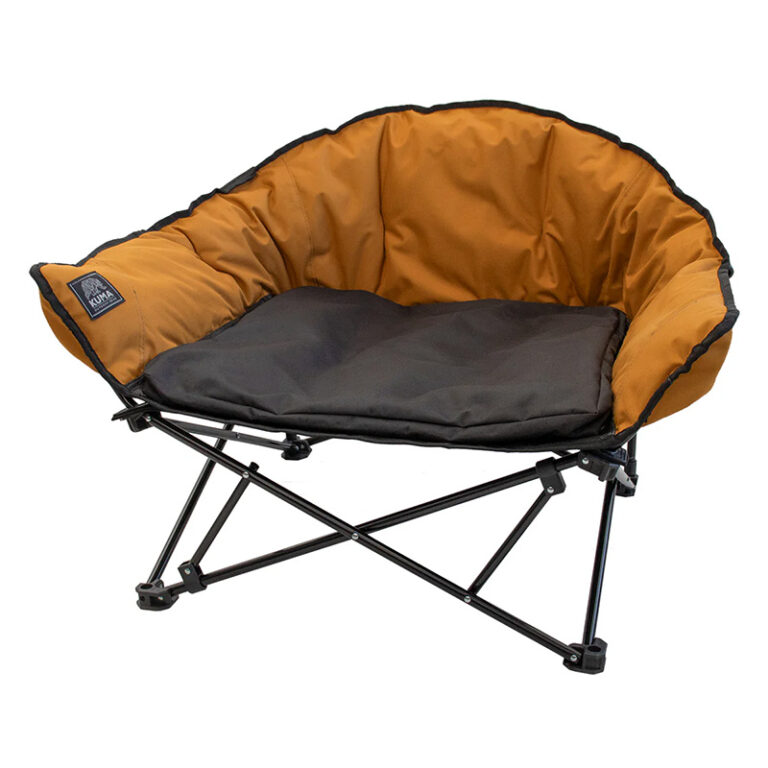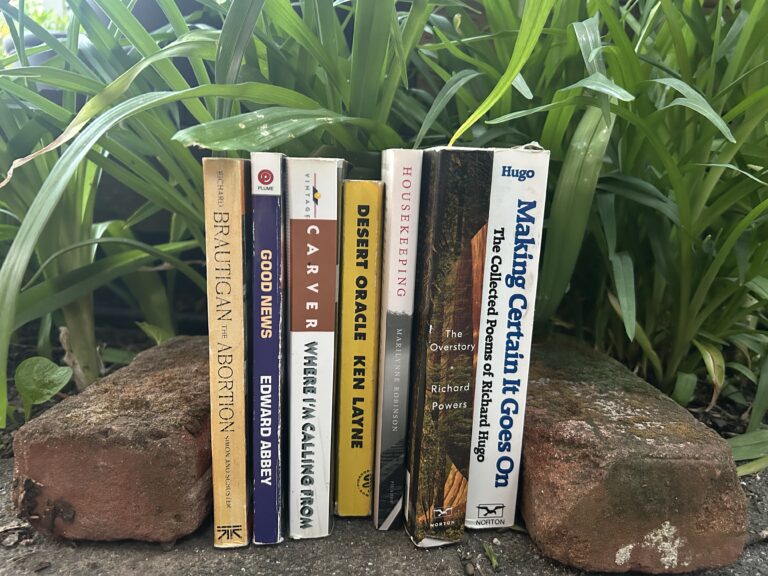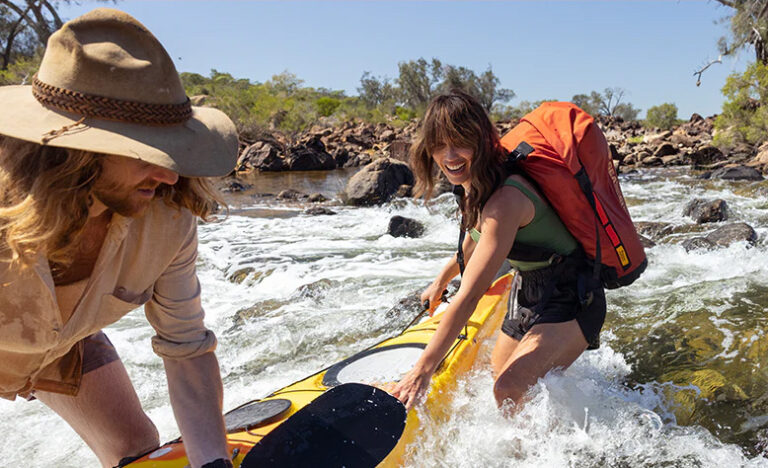On a cold Monday evening in January, I sat in a room surrounded by friendly members of the Spokane Canoe and Kayak Club eagerly listening to Hari Heath of North Idaho talk about native paddlecraft design and the wood strip wahnooyak he had crafted. His visual presentation involved a series of paper scrolls, transcribed with bullet points, sketches, illustrations, and the boat itself—a unique woodstrip vessel that is a hybrid between canoe and kayak. As he unrolled each scroll, the beauty and skill of this traditional craft became more and more indisputable and fascinating.
Heath is a quiet yet passionate man who lives in the North Idaho woods. He’s a logger and he ran for the Idaho House of Representatives this year. He also teaches primitive skills at ancestral skills gatherings like Between the Rivers Gathering, which is held near Chewelah, Wash., every spring. He is self-taught in many things, including woodworking and paddlecraft.
His first awareness of the need for a boat came when he was flying model airplanes. After difficulty retrieving his planes from several water landings, he realized that having a boat would help tremendously. The need turned into research, which turned into an idea and sketch, which turned into a plan, which eventually transformed into a wahnooyak.
The oldest discovered boat, the Pesse canoe, is estimated to have been made around 8,000 BCE, but rock carvings older than that show reed boats from Azerbaijan and skin-covered kayaks from Europe. Transportation, escape from enemies, and fishing for food created the demand for the development of watercraft throughout history. As Heath put it, “We are and need food.”
Early boat types consisted of three basic categories: rafts made of reeds or logs, dug-out canoes, and leather crafts, which were rigid frames covered in waterproof animal skins. The Native Americans developed the birchbark canoe, a frame covered in strips of bark from the birch tree. The Metal Age, the period of the 3rd through the 1st millennia BCE, brought the ability to cut and shape wood into planks. This is when humans began building larger ships for commerce and for war. Yet, the techniques and artistry of crafting a boat with your own hands has endured. It is a skill that involves natural, carefully-selected materials; knowledge of ancient and native design; an understanding of hydrodynamics and aerodynamics; and a lot of time.
“The craft exists in the interface between atmosphere and water,” Heath explained. “We want to move the water, to open it up.” A craft can be symmetrical—same shape on the bow and the stern—or asymmetrical—
shaped differently on bow and stern. These designs determine how well you “open” the water in front of you and “close” it behind you. The hull or bottom of a watercraft can have three basic shapes: flat bottom, which is stable and good for fishing; displacement or rounded, which is fast, but not recommended for standing in; and planing or v-shaped, which moves easily through the water and gives a smooth ride.
Heath’s wahnooyak is an open canoe-like boat with a frame of apoxy and fiberglass covered in wood strips that blends several paddlecraft designs. “It sits just below the water, is fast and efficient like a kayak, is very quiet in the water, and has a 3-dimensional, full convex shape,” said Heath. “It’s not a good fishing boat, though. I don’t stand up in it!” This unique craft is indicative of his devotion to “remember where we came from” and look back on our heritage in order to build a more resonant and deliberate future.
Heath touched on the native Ojibwa story of creation that talks about each life being interdependent on the other and providing for every creature’s needs. In a digital age of apps, social media, and unlimited information, we often isolate ourselves in our cybernated worlds and perceptions. Native paddlecraft and other primitive skills have the capacity to remind us that we are not alone, that relationship and significance are rooted in tangible things, and we can discover mutual respect and affirmation through slowing down, putting away our phones, and teaching our hands a new old skill. //
[Feature photo: Paddling Port Townsend // Judie Heath]













